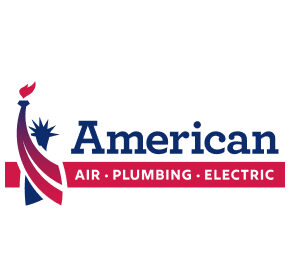Clogged Dryer Vent Syndrome
Proper dryer venting is much more important than most homeowners realize. Considering the stakes involved and the frequency of residential dryer fires, the topic of dryer venting deserves more attention than it gets.
Take a look behind just about any dryer and you’ll see what I mean. In most cases, one may find the flexible duct hose having multiple bends and crushed against the wall. Add to that picture some lost socks, an empty fabric softener box, and a considerable accumulation of lint dust and you’ve described a rather dangerous condition.
Besides the danger of fire, these annoying conditions prolong drying times, waste energy, and contribute to additional lint build-up. Poor quality workmanship, improper terminations, and long duct runs add to the dilemma.
Fact! These Five Conditions Promote Lint Build-Up In Your Dryers’ Exhaust Duct.
Duct Run May Be Restrictive or Excessive
New construction trends are placing laundry rooms in nontraditional areas of the house, further away from exterior walls than in the past. These locations require longer dryer duct runs and more elbow fittings to reach an outside wall.
Bird and Rodent Nests in the Vent Hood
In some parts of the county, birds and rodents build nests within the exterior termination hood.
Flex Hose Crushed or Kinked Excessively
The transition hose behind the dryer tends to get crushed or kinked excessively when the dryer is moved back, either inadvertently or by vibration. This kink or partial blockage drastically reduces the unit’s ability to efficiently vent the air.
Incorrect Vent Hood with Screen-Like Features
It’s not uncommon to find an exhaust termination hood or vent that is not specifically for dryer venting or that has some sort of lint-catching grill or screen feature. Even so, dryer-specific vent hoods require an inspection and regular cleaning, as they too get debris buildup.
Condensation within the Conduit Duct
Running the exhaust system through an un-insulated area like a crawl space or attic in cold northern regions may cause condensation within the pipe. Condensation within the pipes attracts and promotes the accumulation of lint to the duct walls.
Summary
A clean, unobstructed dryer vent improves the safety and efficiency of your dryer. As the dryer vent becomes obstructed and filled with lint, drying time increases and causes the dryer itself to overheat. Likewise, this prevents the adequate removal of air and moisture from the dryer, and a typical 40-minute cycle turns into an hour and 40-minute cycle, resulting in a waste of energy, additional clothes fibers lost, and the frightening possibility of a fire. Clothes dryers are one of the most expensive appliances in your home to operate. The longer they run, the more money they cost you.
To learn more or to have Lint Alert installed in your home contact American Air, Plumbing, and Electrical at (407) 603-4410

